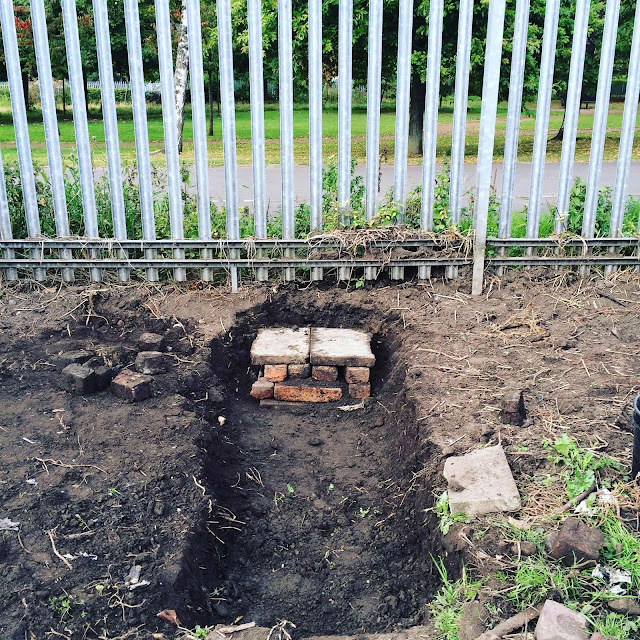Digging it.
Digging over the NW bed at last. Lovely soil at the north end, first time in this allotment I've dug over with the spade rather than the fork. I might have it dug over and sown with field beans by early next week. And then I'm moving on to the old greenhouse foundations. I took a look at them last night, and said, spontaneously, under my breath: This is going to break my heart. That's in the shipyard use of that phrase, meaning it's going to be bloody hard work, digging out a mountain of rubble and old wood and - of course - plenty of broken glass. On the plus side, I've got twenty-odd Papaver somniferum legacy volunteers which are starting to yield absurd amounts of seed. The borage and the phacelia are like Piccadilly Circus: honey bees, mostly, bumble bees, some other kind of bee which I can't name, hoverflies, and a tiny moth. I don't yet know how to do it, but I plan to harvest a rake of seeds from them, too, and, somewhere, sow a 9 square yard patch


